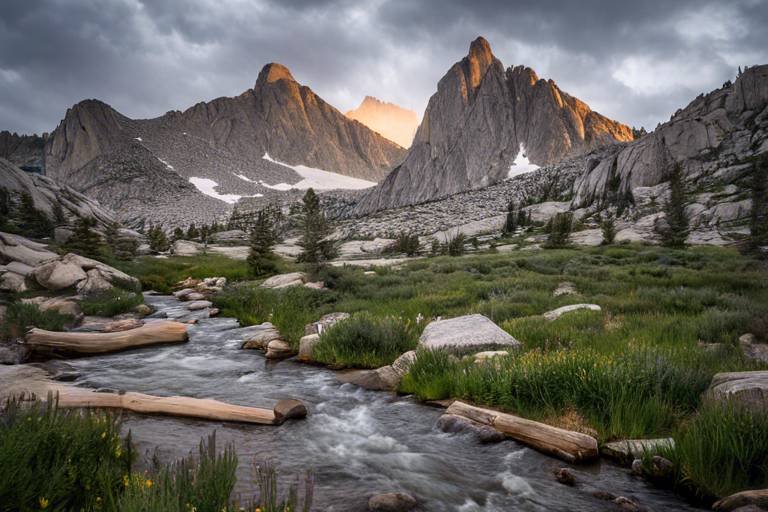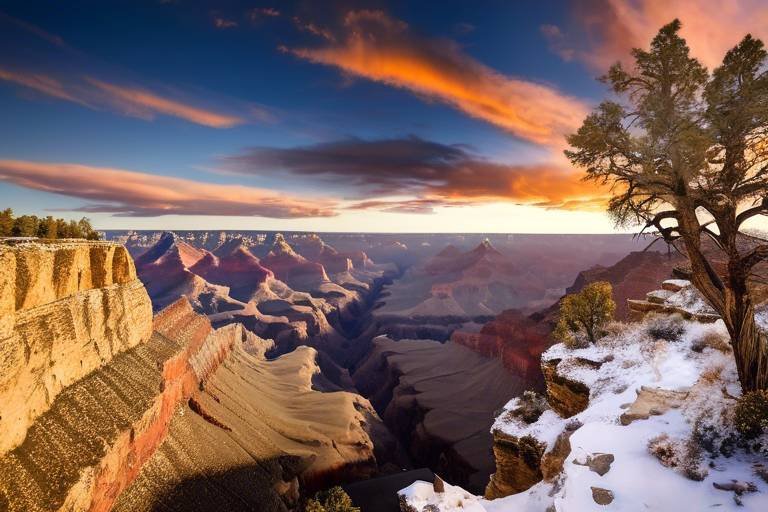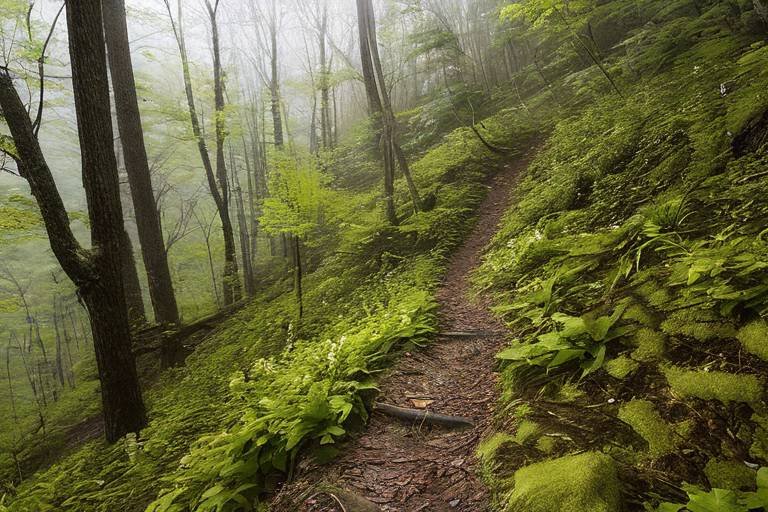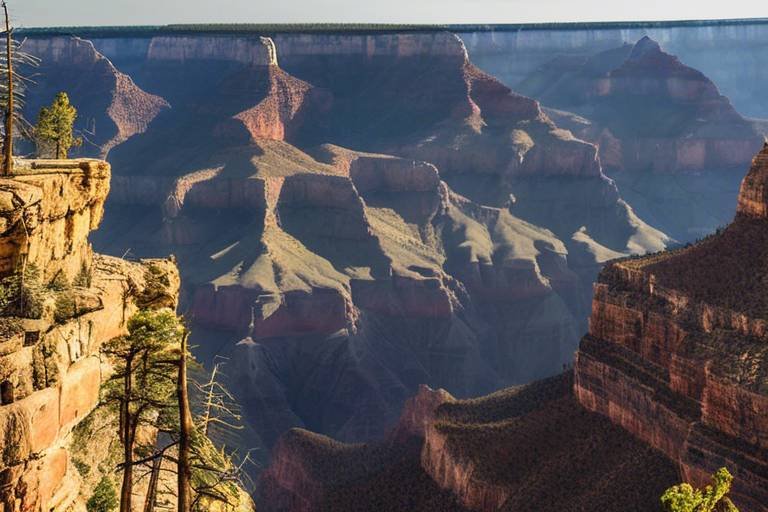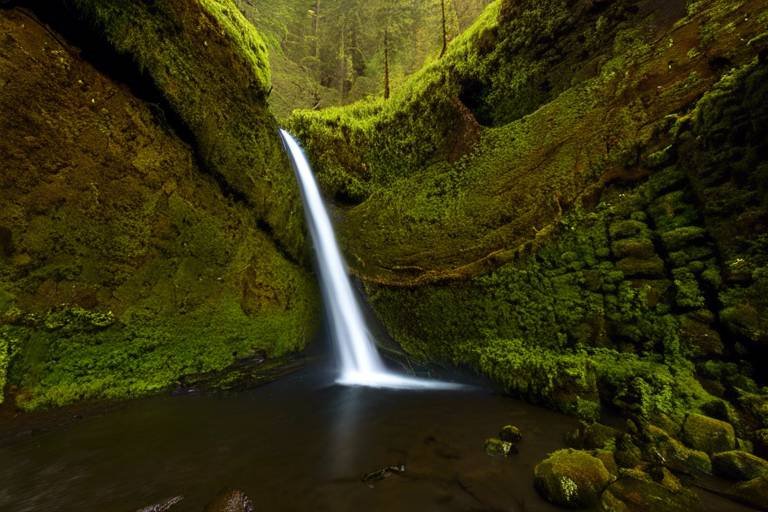The Ultimate Guide to Backpacking in the Wind River Range
Have you ever dreamt of embarking on a thrilling adventure amidst rugged peaks, pristine lakes, and diverse wildlife? Look no further than the breathtaking Wind River Range in Wyoming. This ultimate guide will take you on a journey through the heart of this wilderness paradise, offering insights into its history, top trails, essential gear, safety tips, wildlife spotting, weather patterns, navigation skills, Leave No Trace principles, and the vibrant community and culture that define this remarkable destination.
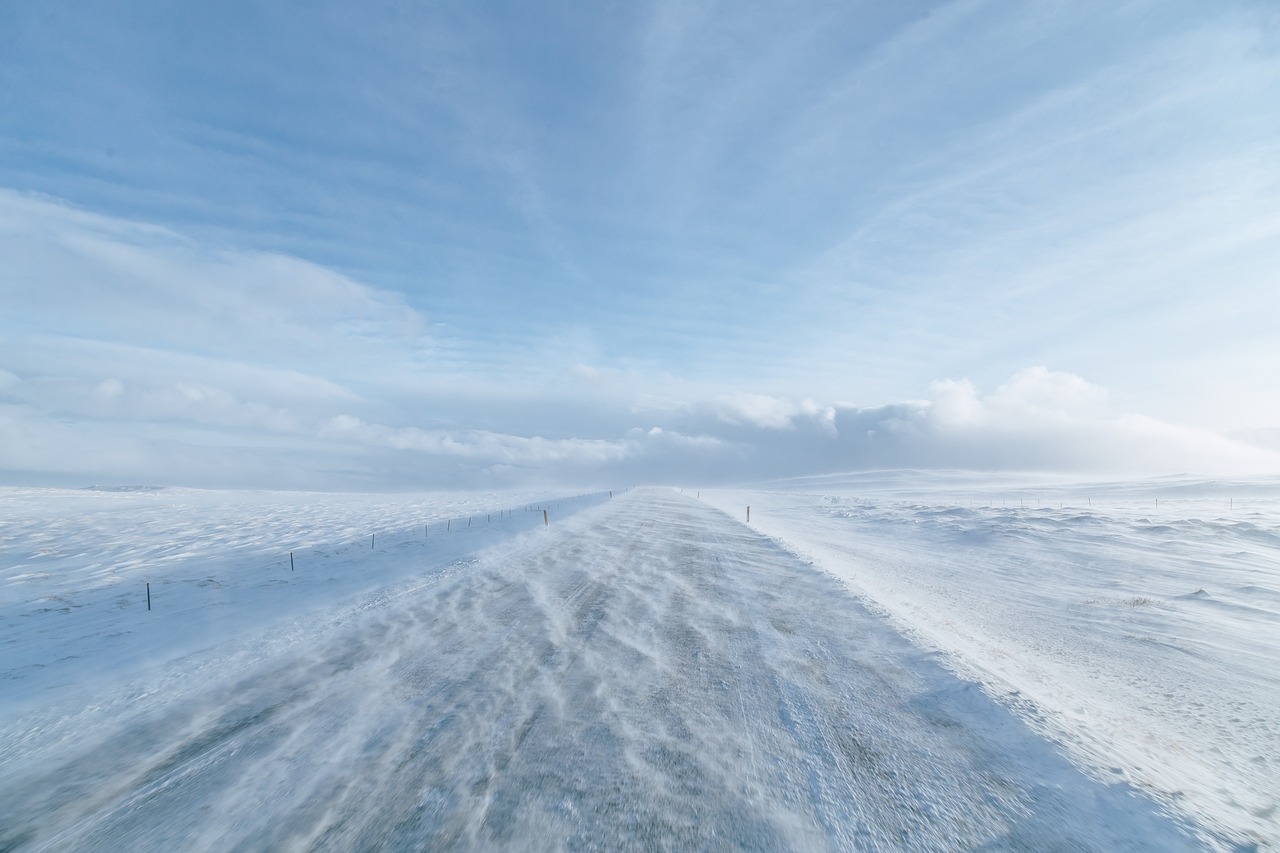
Overview of the Wind River Range
The Wind River Range, located in western Wyoming, is a true gem for outdoor enthusiasts seeking adventure in a pristine wilderness setting. Spanning over 100 miles and containing more than 40 peaks over 13,000 feet, this range offers a diverse landscape that includes rugged mountains, alpine meadows, and crystal-clear lakes. The Wind River Range is renowned for its challenging terrain, making it a popular destination for backpackers, climbers, and nature lovers alike.
One of the unique features of the Wind River Range is its rich history, dating back thousands of years. The range has been home to various indigenous tribes, including the Shoshone and Arapaho, who have left their mark on the land through petroglyphs and other cultural artifacts. Today, the Wind River Range continues to draw visitors with its breathtaking beauty and opportunities for outdoor recreation.
Exploring the Wind River Range provides a chance to encounter a wide array of wildlife, from elusive mountain goats to majestic bald eagles. The range is also home to a variety of flora, including wildflowers that blanket the meadows in vibrant hues during the summer months. Pristine lakes like Titcomb Basin and Island Lake offer tranquil spots for reflection and relaxation amidst the rugged wilderness.
For those seeking a challenge, the Wind River Range boasts some of the most rugged and remote terrain in the United States. Experienced backpackers can tackle iconic routes like the Wind River High Route, a demanding trek that traverses high alpine passes and offers unparalleled views of the surrounding peaks. Beginners can also find plenty of accessible trails for day hikes or shorter overnight trips, allowing them to experience the beauty of the range at their own pace.
Whether you're a seasoned adventurer or a novice explorer, the Wind River Range has something to offer everyone. From its history and geography to its wildlife and challenging peaks, this mountain range is a place where nature's beauty and untamed wilderness collide, creating an unforgettable backdrop for your next outdoor adventure.

Best Trails and Routes
When it comes to exploring the Wind River Range, hikers and backpackers are spoiled for choice with a plethora of trails and routes that cater to all skill levels and preferences. Whether you are a novice looking for a leisurely day hike or a seasoned adventurer seeking a challenging multi-day trek, this rugged wilderness has something for everyone.
One of the most popular trails in the Wind River Range is the Cirque of the Towers Trail, known for its stunning alpine scenery and iconic granite spires. This trail offers a mix of moderate hiking and rock scrambling, making it ideal for those looking for a bit of adventure.
For those seeking a more strenuous challenge, the Titcomb Basin Trail is a must-visit. This route takes you through a remote and rugged landscape, passing by crystal-clear lakes and towering peaks. It's a favorite among experienced backpackers looking to test their skills in a truly wild setting.
If you're short on time but still want to experience the beauty of the Wind River Range, the Big Sandy Trailhead provides access to several shorter day hikes that showcase the area's natural wonders. From meandering streams to lush meadows, these trails offer a taste of the region's diverse landscapes.
For a true backcountry adventure, consider embarking on the Highline Trail, a challenging route that traverses some of the range's highest passes and most remote valleys. This multi-day trek is not for the faint of heart but promises unparalleled views and a sense of accomplishment like no other.
Regardless of which trail or route you choose to explore in the Wind River Range, be sure to pack plenty of water, snacks, and essential gear to ensure a safe and enjoyable journey through this rugged wilderness.

Essential Gear and Packing Tips
When embarking on a backpacking adventure in the Wind River Range, having the right gear and packing efficiently can make all the difference between a smooth journey and a challenging one. Essential gear for your trip includes a sturdy backpack that fits well and distributes weight evenly, a high-quality tent for shelter, a warm sleeping bag suitable for the expected temperatures, a reliable stove for cooking meals, and a water filtration system to ensure access to clean water throughout your trek.
Additionally, clothing plays a crucial role in your comfort and safety while backpacking. Opt for moisture-wicking layers to stay dry, a waterproof jacket to shield you from unexpected rain showers, sturdy hiking boots with good ankle support, and quick-drying socks to prevent blisters. Don't forget to pack a hat for sun protection, gloves for chilly evenings, and sunglasses to shield your eyes from the bright mountain sun.
When it comes to packing tips, organization is key. Utilize stuff sacks or packing cubes to keep your gear sorted and easily accessible. Place heavier items closer to your back in the backpack to maintain balance, and pack frequently used items on top for convenience. Remember to pack lightweight, nutrient-dense foods to fuel your adventure, and always carry a first aid kit for emergencies.
Consider the weather conditions and terrain of the Wind River Range when selecting your gear and clothing. Be prepared for sudden changes in weather, including cold nights even in the summer months. It's essential to pack layers that can be easily added or removed to regulate your body temperature as you hike through varying elevations and conditions.
Lastly, don't forget to pack a map and compass, even if you plan to rely on GPS devices for navigation. Electronics can fail, and having the skills to navigate using traditional methods is invaluable in the backcountry. Familiarize yourself with the routes you plan to take, and always inform someone of your itinerary before setting out on your backpacking journey.
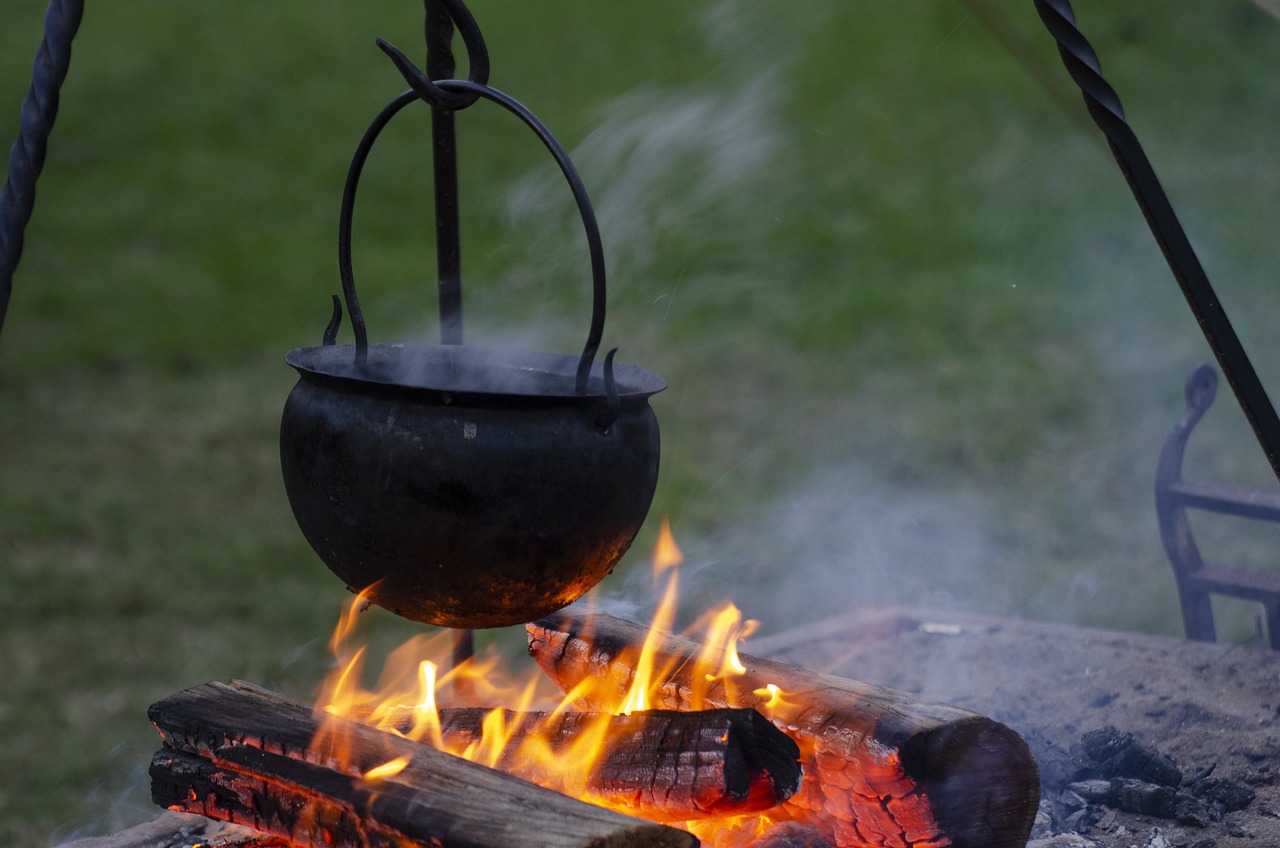
Backcountry Camping and Safety
When it comes to backcountry camping in the Wind River Range, safety should always be a top priority. The rugged terrain and remote location of the range require careful planning and preparation to ensure a successful and enjoyable experience. Before embarking on your backpacking trip, it is essential to familiarize yourself with the rules and regulations for backcountry camping in the area. Make sure to obtain any necessary permits and follow Leave No Trace principles to minimize your impact on the environment.
One of the key aspects of backcountry camping safety is being prepared for emergencies. It is crucial to carry a well-stocked first aid kit and know how to use it effectively. Additionally, make sure to inform someone of your itinerary and expected return date before heading out into the wilderness. This way, in case of an emergency, help can be sent your way promptly. Always stay aware of your surroundings and be prepared to adjust your plans based on changing weather conditions or unforeseen circumstances.
When setting up camp in the backcountry, choose a site that is at least 200 feet away from water sources to protect the local ecosystem. Properly store food and trash to prevent attracting wildlife to your campsite. Familiarize yourself with wildlife in the area and know how to safely coexist with them. Respect the natural habitat and avoid disturbing wildlife or vegetation.
As part of your safety measures, it is advisable to pack essential gear such as a reliable tent, sleeping bag, stove, water filter, and navigation tools. Be prepared for varying weather conditions by bringing layers of clothing, rain gear, and extra food supplies. Always carry enough water and stay hydrated throughout your journey. Familiarize yourself with the terrain and trail conditions to avoid getting lost or stranded.
Remember, backcountry camping in the Wind River Range offers a unique opportunity to connect with nature and challenge yourself in a pristine wilderness setting. By prioritizing safety, following regulations, and respecting the environment, you can enjoy a memorable backpacking experience while preserving the beauty of this remarkable landscape.
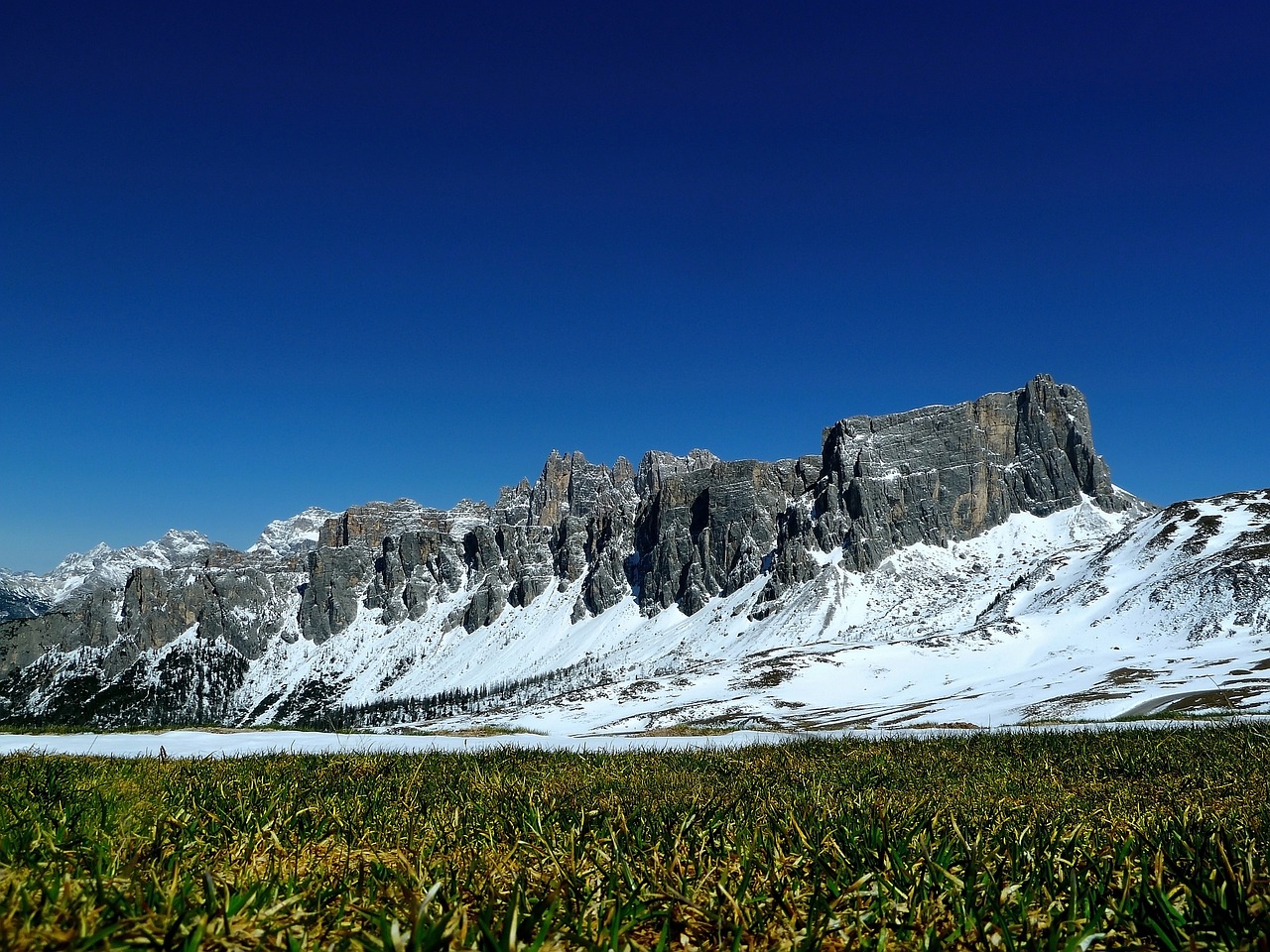
Wildlife and Flora Spotting
When backpacking in the Wind River Range, you are immersed in a diverse ecosystem teeming with fascinating wildlife and unique flora. The range is home to a variety of species, from majestic elk and bighorn sheep to elusive mountain lions and black bears. As you traverse the trails, keep your eyes peeled for sightings of these magnificent creatures in their natural habitat.
Additionally, the Wind River Range boasts a rich tapestry of flora, with alpine meadows adorned with vibrant wildflowers and towering forests of pine and spruce. The delicate beauty of columbines, lupines, and Indian paintbrushes adds a splash of color to the rugged landscape, creating a picturesque backdrop for your backpacking adventure.
One of the most thrilling experiences in the Wind River Range is spotting a bald eagle soaring high above the peaks or catching a glimpse of a moose grazing by a tranquil mountain lake. Remember to observe wildlife from a safe distance and avoid disturbing their natural behavior. By respecting their habitat, you can enjoy unforgettable encounters with the remarkable wildlife and flora of the Wind River Range.
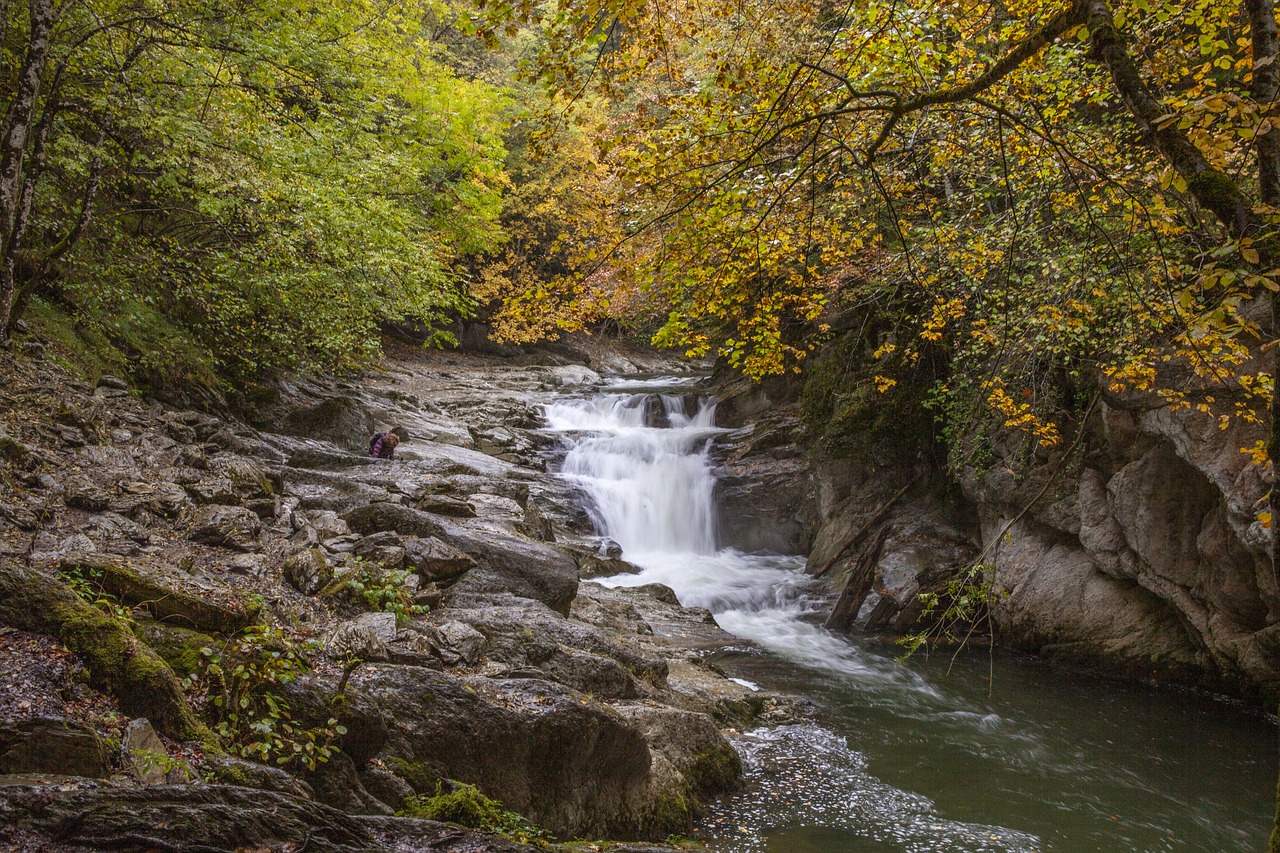
Weather Patterns and Seasonal Considerations
When planning a backpacking adventure in the Wind River Range, understanding the weather patterns and seasonal considerations is crucial for a safe and enjoyable trip. The range experiences a diverse climate due to its varied terrain and high elevation, so being prepared for changing conditions is essential. Summer is the most popular time for backpacking, with warm days and cool nights ideal for exploring the range. However, sudden thunderstorms are common in the afternoons, so hikers should start early to avoid being caught in inclement weather.
During the shoulder seasons of spring and fall, backpackers can encounter unpredictable weather, including snowfall at higher elevations. It's important to pack layers to stay warm and dry, as temperatures can fluctuate throughout the day. In winter, the Wind River Range transforms into a snowy wonderland, offering a unique backpacking experience for those prepared for cold conditions and deep snow.
When planning your trip, consider the elevation of your chosen route, as higher elevations can experience cooler temperatures and more severe weather. Checking the forecast before heading out and carrying essential gear like a waterproof jacket, extra clothing layers, and a reliable tent are vital for staying comfortable and safe in changing weather conditions.
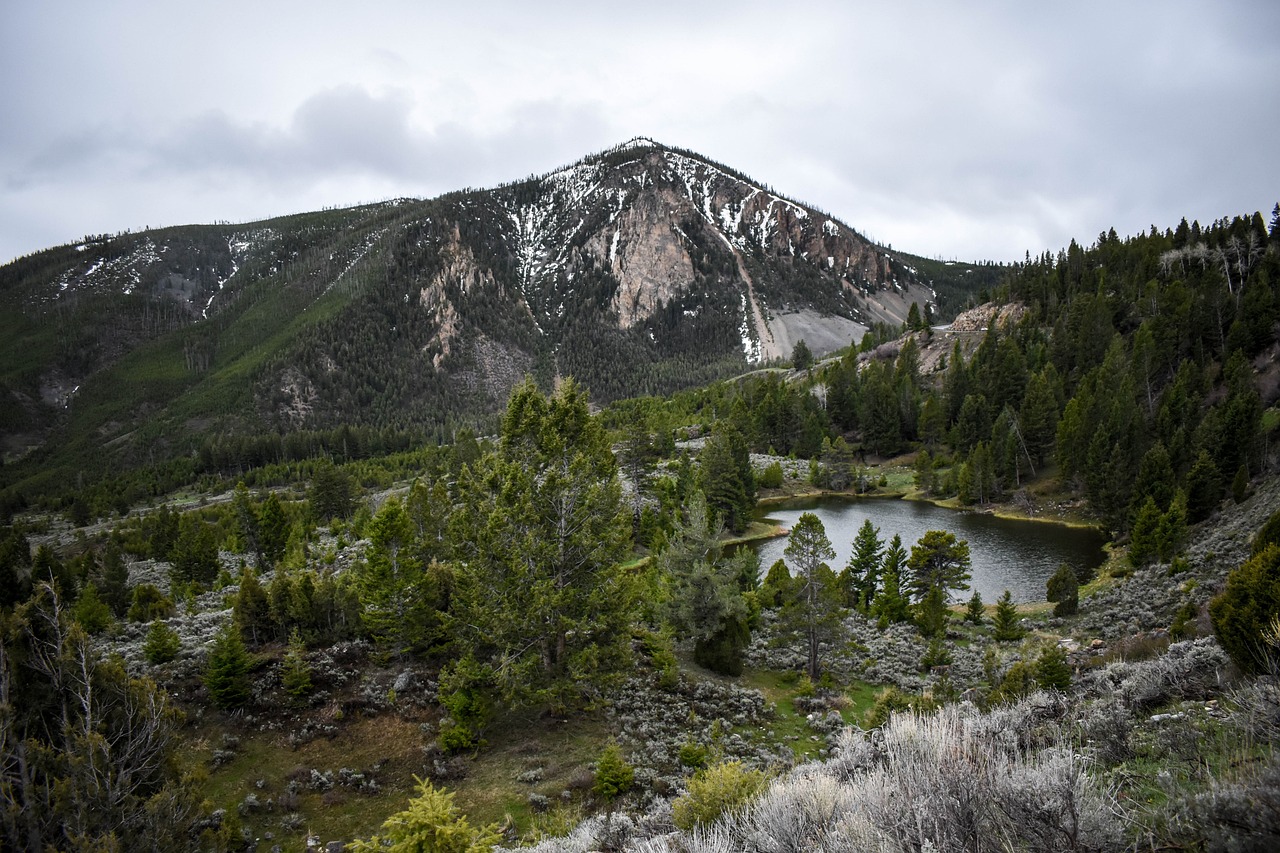
Navigation and Orientation Skills
When backpacking in the Wind River Range, having solid navigation and orientation skills is crucial for a safe and enjoyable adventure. Whether you are a seasoned hiker or a beginner explorer, understanding how to read maps, use a compass, and navigate using GPS devices can make all the difference in your journey through this rugged and remote wilderness.
One of the first things to consider when honing your navigation skills is familiarizing yourself with topographic maps of the Wind River Range. These detailed maps provide valuable information about the terrain, elevation changes, water sources, and landmarks along your route. By studying the map before your trip and identifying key points of interest, you can better plan your itinerary and track your progress while on the trail.
In addition to maps, carrying a reliable compass is essential for navigating the vast expanse of the Wind River Range. A compass can help you determine your direction of travel, orient the map correctly, and navigate through challenging terrain or adverse weather conditions. Knowing how to use a compass in conjunction with a map is a valuable skill that can prevent you from getting lost and ensure you reach your destination safely.
For those who prefer modern technology, GPS devices have become increasingly popular tools for navigation in the backcountry. GPS units provide real-time location data, track your route, and offer additional features such as waypoint marking and distance calculations. While GPS devices can be convenient, it is important to carry backup batteries and have a basic understanding of how to operate the device to avoid any technical mishaps during your trip.
When out on the trail, practice frequent map checks and compass readings to stay on course and avoid straying off the intended path. Look for prominent landmarks, natural features, and trail markers to confirm your location and adjust your route if needed. By staying alert and aware of your surroundings, you can navigate with confidence and explore the wonders of the Wind River Range safely and responsibly.
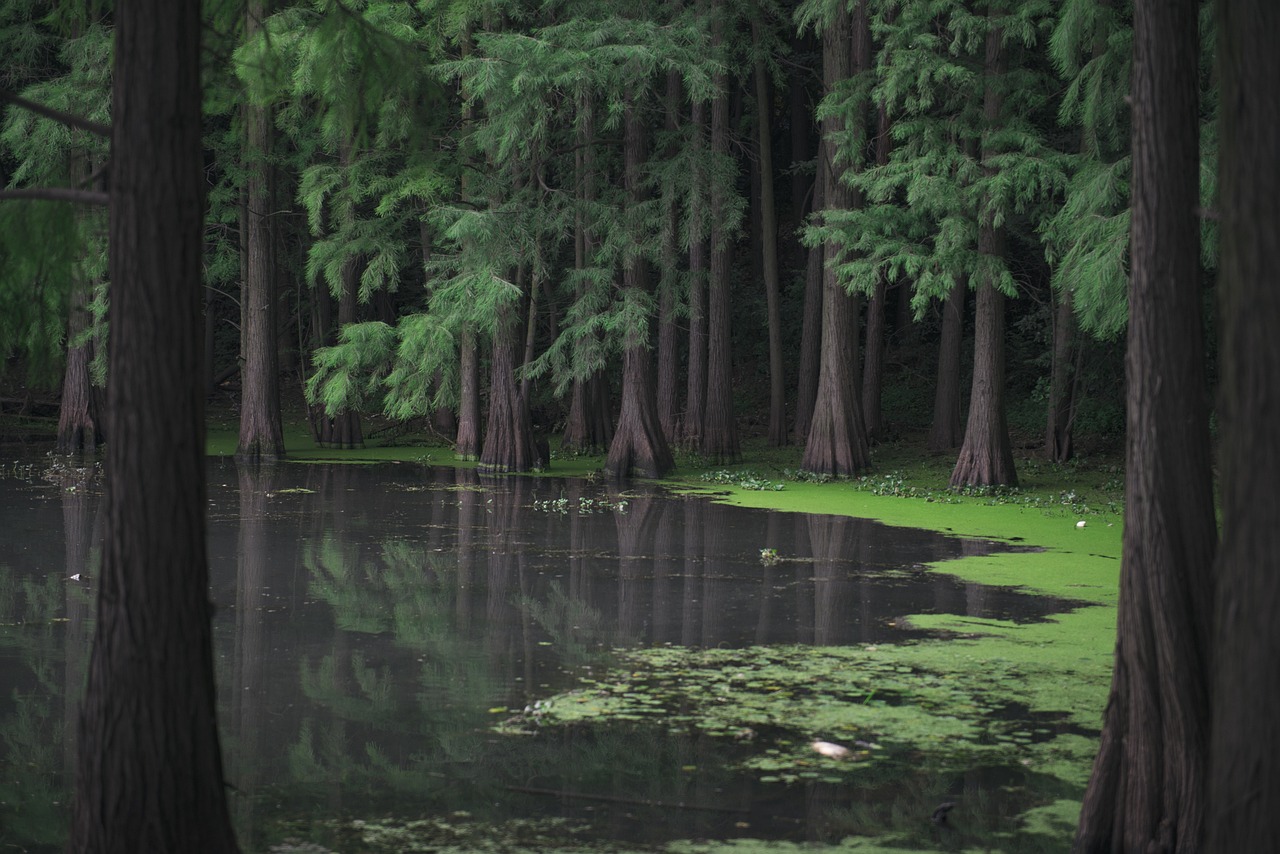
Leave No Trace Principles
When venturing into the pristine wilderness of the Wind River Range, it is crucial to adhere to the to ensure the preservation of this natural paradise for future generations. These principles serve as guidelines for responsible outdoor ethics, emphasizing the importance of minimizing human impact on the environment.
One of the fundamental is to plan ahead and prepare. This involves researching the area you will be exploring, understanding the regulations in place, and packing appropriately for your trip. By being well-prepared, you can reduce the chances of encountering unexpected situations that may lead to environmental damage.
Another key principle is disposing of waste properly. This includes packing out all trash, leftover food, and litter, leaving no trace of your presence in the wilderness. Additionally, human waste should be buried in a cathole at least 200 feet away from water sources to prevent contamination.
When traveling through the Wind River Range, it is essential to respect wildlife and observe from a safe distance. Avoid feeding or approaching animals, as this can disrupt their natural behavior and lead to potential conflicts. By appreciating wildlife from afar, you can minimize your impact on their habitat.
Furthermore, leave what you find is a principle that encourages backpackers to refrain from collecting natural souvenirs such as rocks, plants, or artifacts. By leaving these items untouched, you contribute to the preservation of the ecosystem's delicate balance and protect the natural beauty of the Wind River Range.
One of the most crucial aspects of practicing is respecting other visitors. This involves being mindful of noise levels, giving space to fellow hikers and campers, and maintaining a sense of harmony within the backcountry community. By showing consideration for others, you contribute to a positive and inclusive outdoor experience for all.
By embracing the during your backpacking adventure in the Wind River Range, you not only protect the environment but also uphold the spirit of responsible outdoor recreation. These principles serve as a compass for ethical wilderness exploration, guiding you towards a deeper connection with nature while preserving its beauty for generations to come.
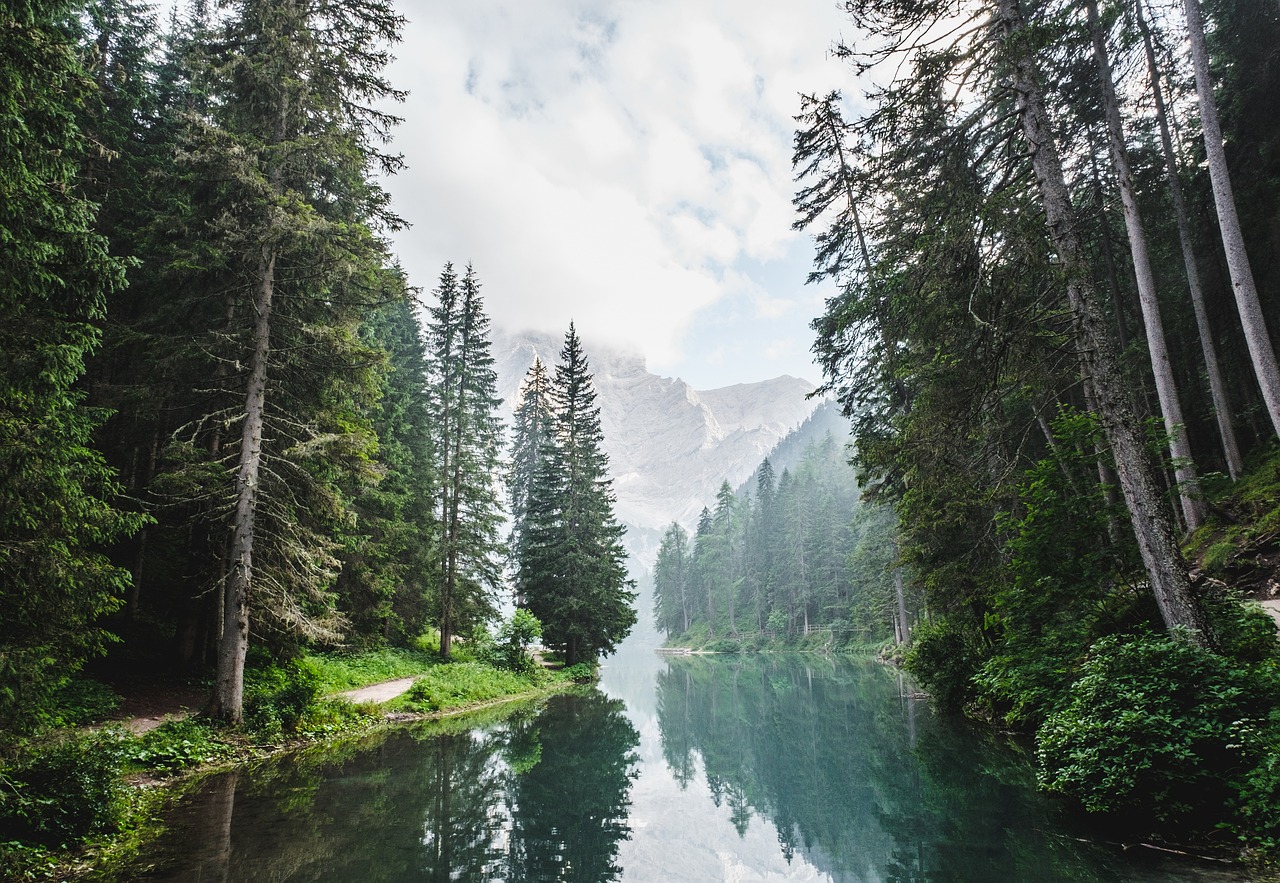
Community and Culture of the Wind River Range
The Wind River Range is not only a place of stunning natural beauty but also a region rich in community and culture. This rugged wilderness area has been home to indigenous peoples for thousands of years, leaving behind a legacy that is still felt today. The modern-day community of the Wind River Range is a diverse and vibrant one, made up of outdoor enthusiasts, conservationists, and local residents who all share a deep love for this special place.
One of the key aspects of the culture of the Wind River Range is the respect and reverence for the land and its history. The indigenous tribes that have called this area home for generations have left a lasting impact on the region, with their traditions and stories woven into the fabric of the landscape. Today, visitors to the Wind River Range have the opportunity to learn about and engage with this rich cultural heritage through interpretive programs, guided tours, and interactions with local community members.
Additionally, the community of the Wind River Range is deeply connected to the land and is dedicated to preserving its natural beauty and ecological integrity. Conservation efforts, environmental education initiatives, and sustainable tourism practices are all key components of the community's commitment to protecting this special place for future generations to enjoy.
Visitors to the Wind River Range will also find a welcoming and inclusive community of outdoor enthusiasts who share a passion for adventure and exploration. Whether you're a seasoned backpacker or a first-time hiker, the community of the Wind River Range is always ready to offer advice, support, and camaraderie along the trail.
Frequently Asked Questions
- What are the best backpacking trails in the Wind River Range?
The Wind River Range offers a variety of stunning trails for backpackers of all levels. Some popular options include the Cirque of the Towers, Titcomb Basin, and the Glacier Trail. Each trail offers unique scenery and challenges, so be sure to research and choose one that suits your preferences and experience level.
- What gear is essential for backpacking in the Wind River Range?
Essential gear for backpacking in the Wind River Range includes a sturdy backpack, proper footwear, a reliable tent, sleeping bag, cooking equipment, navigation tools, first aid kit, and clothing suitable for varying weather conditions. It's crucial to pack light but also be prepared for changing mountain weather.
- How can I stay safe while backpacking in the Wind River Range?
Staying safe in the backcountry requires proper preparation and knowledge. Make sure to inform someone of your itinerary, carry essential safety gear, stay hydrated, be aware of wildlife, and follow Leave No Trace principles. Additionally, knowing basic first aid and navigation skills can be crucial in case of emergencies.
- What wildlife can be encountered in the Wind River Range?
The Wind River Range is home to a diverse range of wildlife, including mule deer, elk, moose, bighorn sheep, black bears, and various bird species. While encountering wildlife can be a thrilling experience, it's important to observe from a safe distance and respect their natural habitat to ensure both your safety and the animals' well-being.
- When is the best time to visit the Wind River Range?
The best time to visit the Wind River Range for backpacking is typically during the summer months, from June to September, when the weather is milder and most trails are accessible. However, weather conditions can vary, so it's essential to check forecasts and be prepared for sudden changes in temperature and precipitation.

